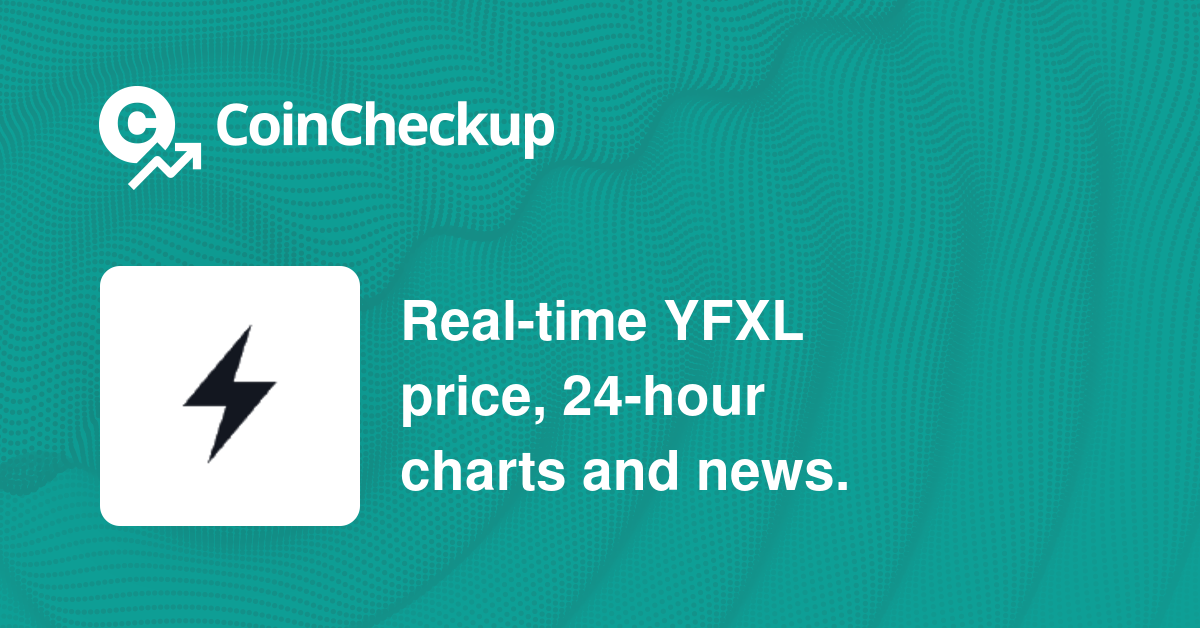Introduction
Apart from what has been already said about the greatest achievements of 2021, I’d like to highlight what was the most important for me. Thanks to emerging technologies with blockchain at their core, we’ve witnessed the rise of the creator economy. That’s what the crypto industry was designed for — to empower people and give them the freedom and access to be in charge of their money and wealth. For me, without any doubt, the creator economy is the biggest outcome of the year.
But that’s just me. To gain more insight on the matter, I reached out to different experts from the blockchain industry, asking: “What are the biggest outcomes of 2021 within the blockchain space that have most affected the whole industry?”
Yaniv Tal of The Graph
Yaniv is the co-founder and CEO at Edge & Node and a co-founder of The Graph, a decentralized indexing protocol used by blockchains such as Ethereum.
“For sure, the biggest story of 2021 was NFTs and the rise of the creator economy. From CryptoPunks to Bored Apes, Beeple’s $69 million sale, to generative art and music projects, NFTs have captured people’s imagination and catapulted Web 3.0 into the popular zeitgeist.”
Simon Peters of eToro
Simon is the crypto analyst at eToro, a social trading platform that offers investing in both stocks and cryptocurrencies.
“The pandemic and associated lockdown measures have turbo-charged the transition to this technology as we close out 2021. However, as the ultimate frontier between the real and virtual worlds, the metaverse represents the most likely evolution of the internet in the coming years.
From Facebook to Meta, from Square to Block, fresh batches of tech titans are taking bets on the future of digital assets. First coined by Neal Stephenson’s 1992 novels The Virtual Samurai and Snow Crash, the metaverse refers to a virtual world where users can move around as avatars, interact socially and economically, with other people.
Mark Zuckerberg’s latest initiative could be the catalyst of widespread, mainstream adoption of decentralized metaverse platforms such as Decentraland and The Sandbox, who have already seen extraordinary gains in the last few weeks with their respective tokens, (MANA, the token used on Decentrand is up over 400% in the last five weeks).
Additionally, Fidelity Investments recently became the latest asset manager to announce plans to launch a Bitcoin exchange-traded fund (ETF) on the Toronto Stock Exchange. However, following positive net inflows into Bitcoin from institutional investors, the Fidelity Advantage Bitcoin ETF (FBTC) will look to invest in the underlying asset of Bitcoin, or spot. This new fund, which some have dubbed the ‘holy grail’ of Bitcoin ETFs, if approved, could encourage a new wave of liquidity to enter the space. There are already hundreds of trillions of dollars of liquid investable assets globally managed by institutional investors, versus Bitcoin’s current $1.1 trillion market capitalization, so even a small percentage of these liquid assets inflowing into crypto could cause the overall market cap to double.”
Roger Ver of Bitcoin.com
Roger is an early Bitcoin adopter and investor. He is the executive chairman of Bitcoin.com, a site featuring cryptocurrency news in addition to an exchange and wallet service. He is also one of the five founders of the Bitcoin Foundation.
“Due to BTC’s 1MB block size limit, ETH is on the verge of flipping it in every metric. Once that happens, the masses are likely to realize that there isn’t anything special about BTC compared to other cryptocurrencies and that crippling it with a 1MB block cap in the hopes that a layer-two scaling solution could take over will be viewed as the horrendous strategic mistake that it was. It delayed the mass adoption of cryptocurrency by years.”
Paolo Ardoino of Bitfinex
Paolo is the chief technology officer of Bitfinex, a digital asset trading platform offering state-of-the-art services for digital currency traders and global liquidity providers.
“I believe that in years to come, El Salvador’s adoption of Bitcoin as legal tender will represent an important milestone for the industry. The country’s Volcano Bond will equally be an important turning point in the history of finance, with a government using the natural and renewable energy provided by the local environment to mine Bitcoins and secure a bond offering.
On the more technical side, the Lightning Network saw exponential growth this year, something that I believe will set the precedent for the long-term adoption of digital token payment systems. In August, LN surpassed 25,000 active nodes for the first time, providing a strong indication that the network is growing more powerful. The increased connectivity and development of more channels have resulted in fees dropping and the network doing more developed work. The higher the capacity of the network, the more transactions that can be sent. This translates into an increased potential to have a fully functioning readily adoptable cryptocurrency payment system within the next few years.”
Lisa N. Edwards of Getting Started In Crypto
Lisa is an Elliott Wave specialist trader with 20-plus years of experience in traditional stocks and commodities, now exclusively trading cryptocurrency. She runs and co-owns Getting Started In Crypto, Thousand To Millions and The Moon Mag with Josh Taylor.
“DeFi was huge, but as the year progressed, GameFi, then Metaverse, have changed the space in ways it will never be the same, bridging the gap between traditional gaming like your Sony Playstation or online shopping in a metaverse, starts the road to mass adoption. NFTs, when used correctly, change the way artists, musicians and filmmakers can be paid, and how my Coinrunners NFT model works, to repay investors with royalties, straight to the holding wallet address. There are so many game-changing, mind-blowing technologies being developed every day!”
Jason Allegrante of Fireblocks
Jason is the chief legal and compliance officer at Fireblocks, a digital asset custody, transfer and settlement platform.
“By breaking through to the most regulated players, it opened the gateway for more products and services to be available to retail customers. We’ve seen firsthand the cascading impact of traditional fintech and banking sector showing their ambitions in the blockchain space, so by the end of 2022, it will become table stakes to support crypto, which will push corporations to add crypto to their strategies in the years to come.”
James MacFarlane of Eden Network
James is the head of business development at Eden Network, an optional, non-consensus-breaking transaction-ordering protocol for Ethereum blocks.
“Without a doubt, it has to be the launch of other layer-one protocols and layer twos. They opened up the blockchain to millions and millions of users who couldn’t afford to pay Ethereum’s fees and opened up so many niches.
The likes of BSC, Avalanche and Matic have been revolutionary and have affected the industry in many ways. For example, because Ethereum’s fees are so high, it eliminates spam transactions that occur on ultra low-cost blockchains like BSC. It’s also way cheaper/easier to launch a project on one of these other chains. The differences in transaction fees on blockchains have a lot of implications for the industry.
We have also seen Olympus DAO create a new product category of protocol-owned liquidity, making a lot of new projects rethink how to create the most value when it comes to the liquidity of their tokens.
Finally, we have seen the rise of traders on Ethereum being targeted for sandwich attacks, with users losing over $200 million to bots exploiting their trades in 2021. This number is likely to grow in 2022.”
Donald Thibeau of the HBAR Foundation
Donald is the co-founder and chief strategy officer of the HBAR Foundation, which helps the development of the Hedera ecosystem by providing grants and other resources to developers, startups and entrepreneurs.
“The biggest outcome of 2021 has been developer community growth and acceleration. Although the impact has not yet been realized, developers and communities are forming across the globe to support distributed applications and adoption of crypto. They are enabled with more tooling, financial resources and market demand to innovate and build. These projects, started over the course of the next year, will continue to serve as the evergreen innovation in the crypto space that has made the industry what it is today.”
Daniela Barbosa of Hyperledger Foundation
Daniela is the executive director of Hyperledger Foundation and the general manager of blockchain, healthcare and identity at the Linux Foundation.
“In 2021, government and public institutions raised their heads collectively to start exploring what blockchain technologies can deliver to society. From public permissionless to permissioned and hybrid approaches, many use cases are no longer just research projects. The surge of interest in decentralized digital trust infrastructures will continue, and across Europe, Canada and Asia, we already see our Hyperledger community working on digital identity and verifiable credentials use cases that will impact us all across Healthcare, Travel, Payments and Government Services.”
Andrew Levine of Koinos Group
Andrew is the CEO of Koinos Group, an engineering-first company led by battle-hardened blockchain veterans with unrivaled experience as core developers and architects of the BitShares and Steem blockchains.
“NFTs, as a concept, certainly broke through to the mainstream and demonstrated their staying power as an important economic primitive that can add value to applications by facilitating value transfer in relation to the sale of unique digital goods.”
Ahmed Al-Balaghi of Biconomy
Ahmed is a co-founder of Biconomy, a developer platform that empowers blockchain developers to enable a simplified transaction and onboarding experience for their Web 3.0 project.
“The progress made by Ethereum was one of the most outstanding things to come out of 2021, and if all goes as planned, Eth2 will continue to help scale the ecosystem. The milestones reached by Ethereum also paved the way for other protocols to adopt market share, which has created even more innovation industry-wide. The rise of NFTs has also been a great outcome for the industry. It has brought Web 3.0 to the mainstream without branding it as blockchain or crypto.”
These quotes have been edited and condensed.
The views, thoughts and opinions expressed here are the authors’ alone and do not necessarily reflect or represent the views and opinions of Cointelegraph.





